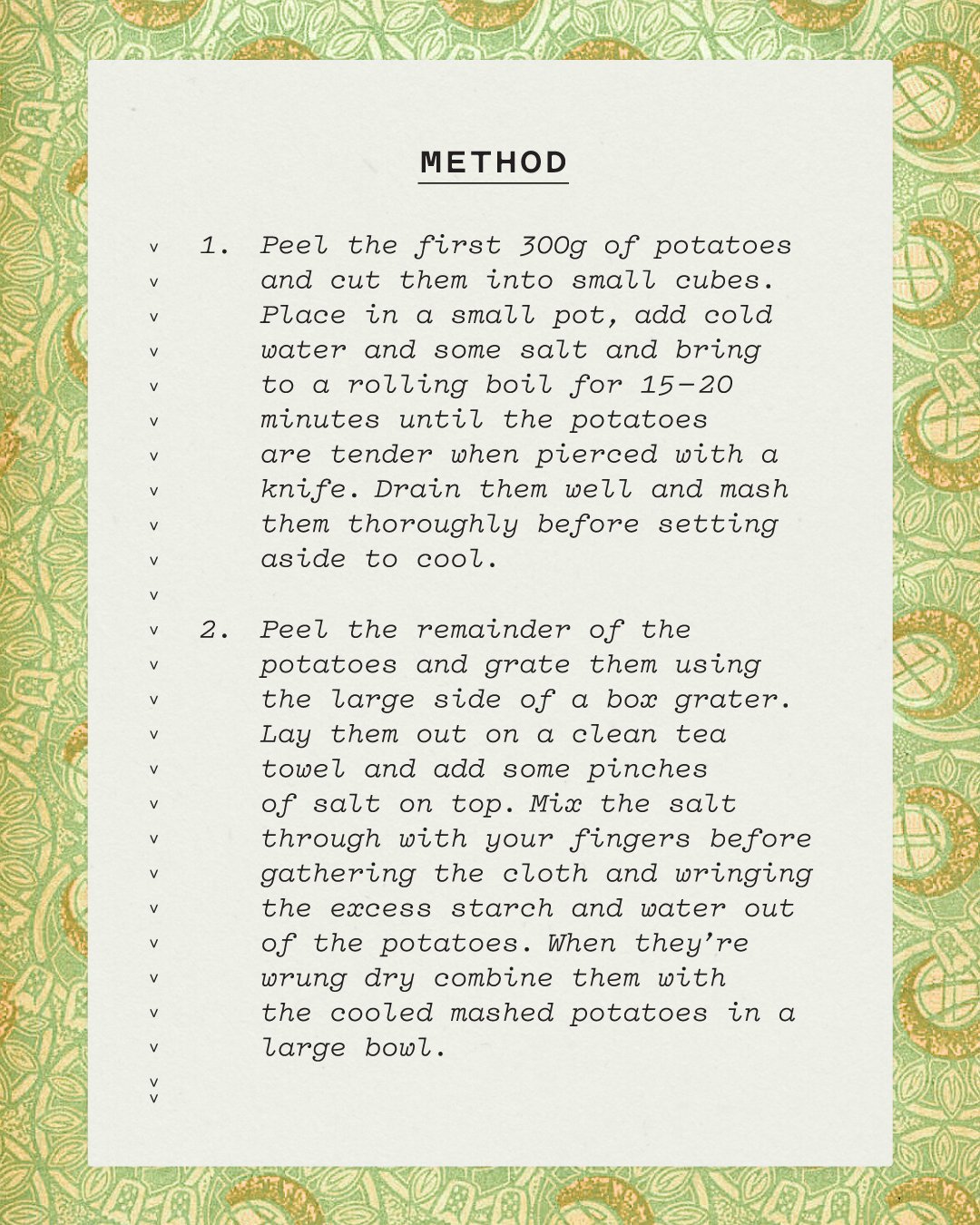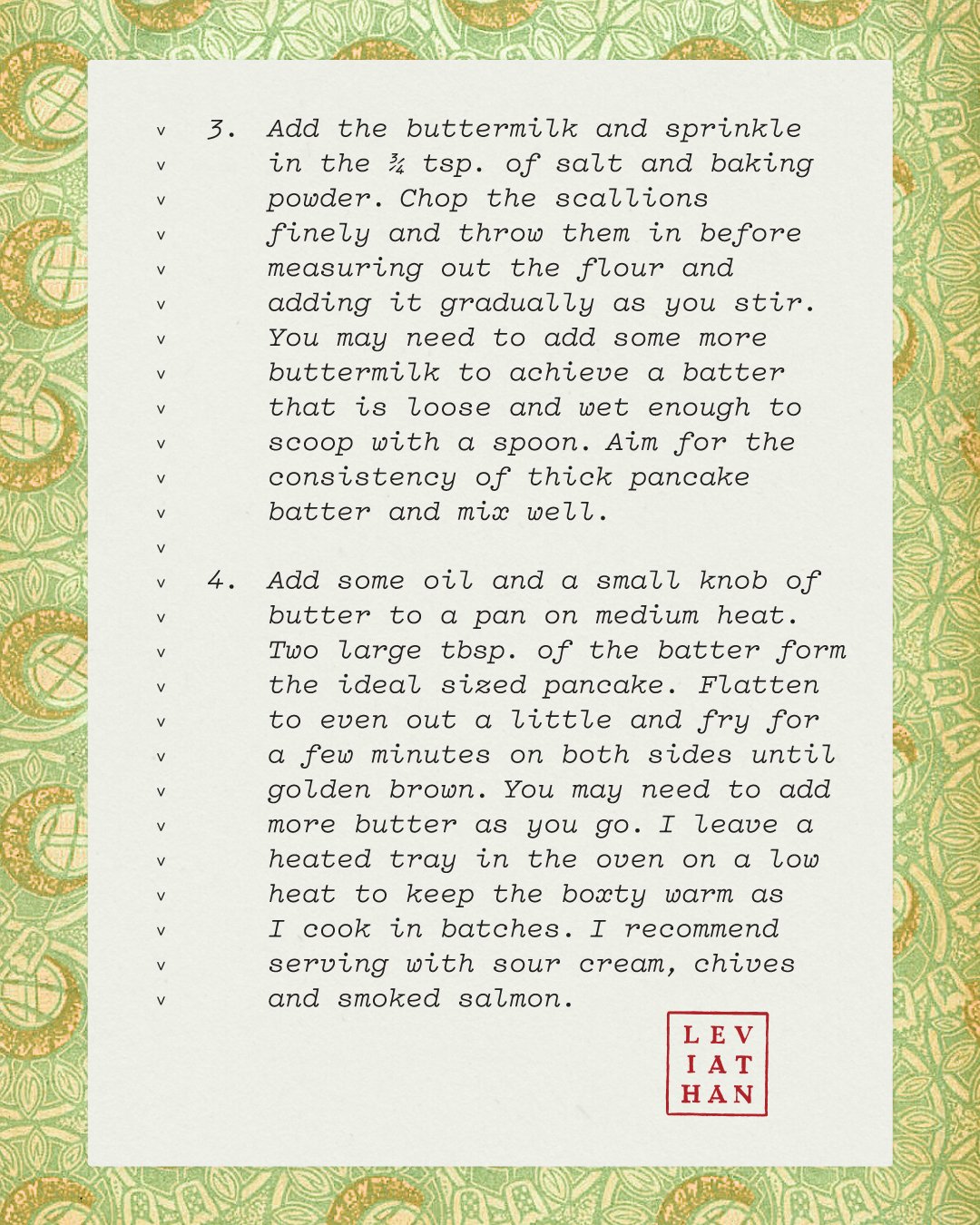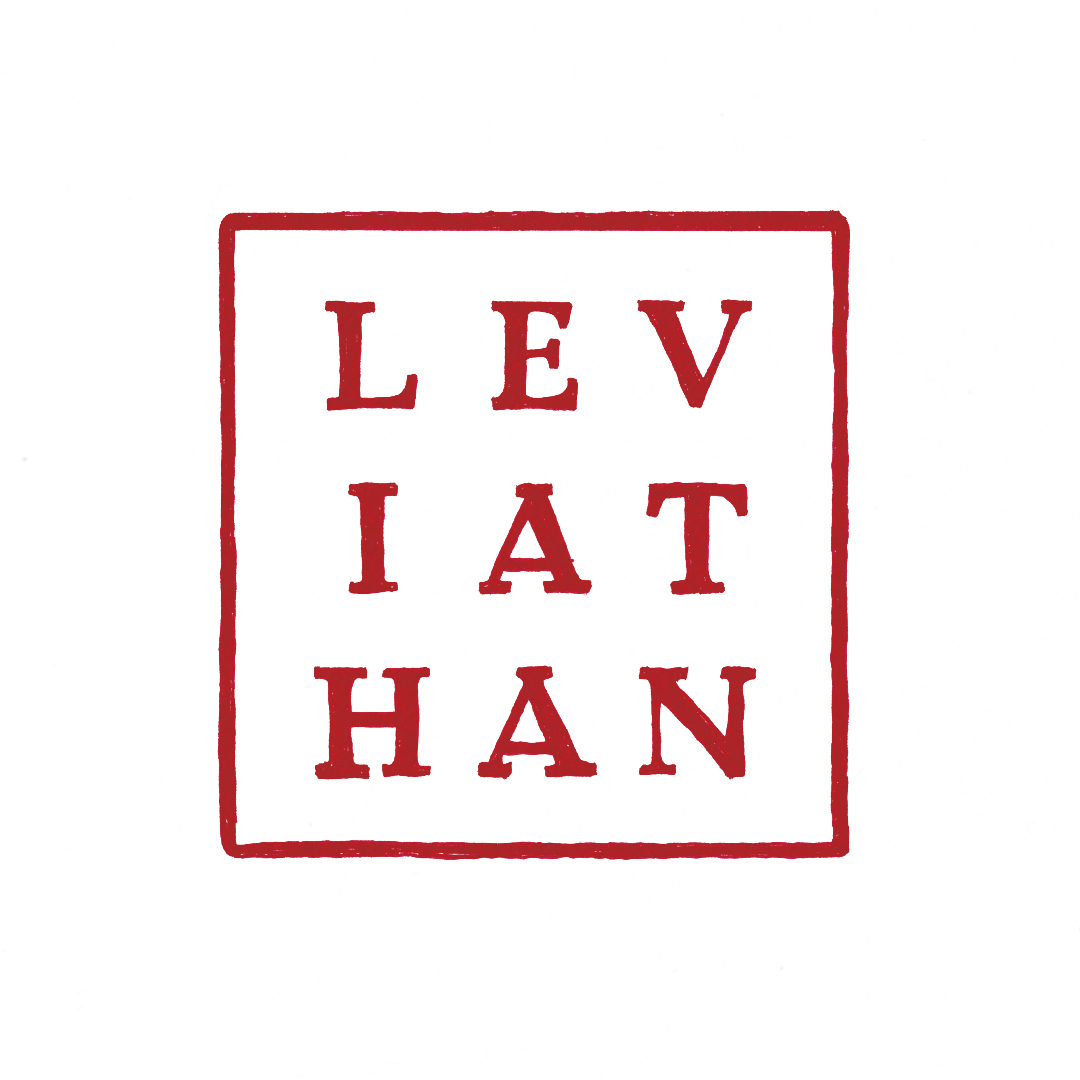Irish Boxty
February 1 marks the Celtic pagan festival of Imbolc, which was later adopted as the feast of Ireland’s matron St. Brigid. The term Imbolc is thought to originate from the Irish “i mbolc”, meaning “in the womb”, and marks the beginning of Spring, the mid-point between the Winter solstice and the Spring equinox and with it a rebirth and renewal of life and fertility. Before the Catholicised icon of Brigid emerged, Brighid was a pagan figure closely linked to Imbolc and considered to be the “White Goddess” of healing, patroness of poets and smiths, and daughter of the mythical clan the “Daghda”. During the foundation of Christianity in Ireland, the name Brigid was adopted by a figure otherwise known as ‘Mary of the Irish’ who became influential in the establishment of convents and the spread of Christianity across the island.
The preparation of boxty is among a number of traditions observed on Imbolc/St. Brigid’s Day, including the making of St. Brigid’s crosses, the ritual of the Brat Bríde and the Brídeog doll. ‘Boxty’ originates in the 1700s and may get its name from the Irish ‘arán bocht tí’, meaning ‘poor house bread’, due to its humble ingredients, making it a staple in Irish households where potatoes were relied upon to survive.
It is a simple potato pancake using mashed and/or grated potatoes. There are many iterations of this basic recipe, varying from county to county and even between households. An integral part of Irish life at one time, an old phrase warns "Boxty on the griddle; boxty on the pan. If you can't make boxty, you'll never get a man!"
Ingredients
Getting started
click or tap on the recipe cards
below for the full instructions


